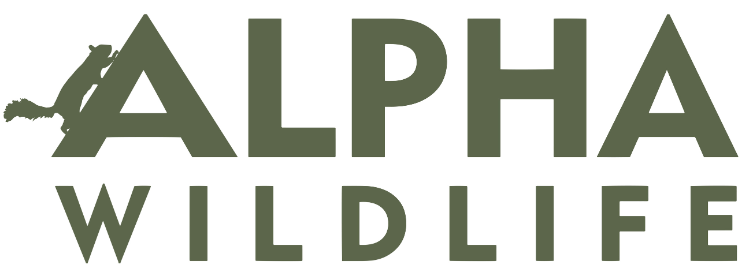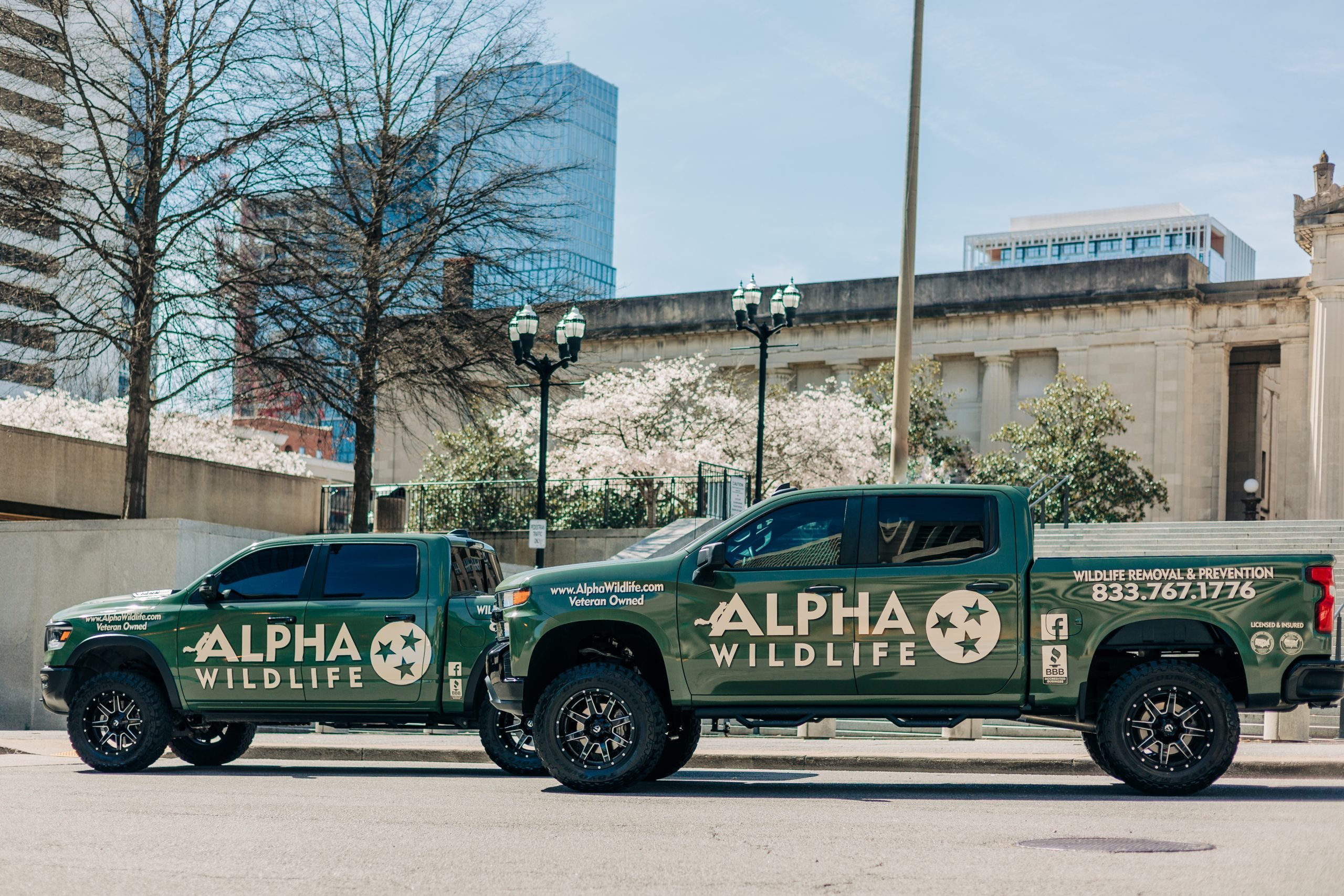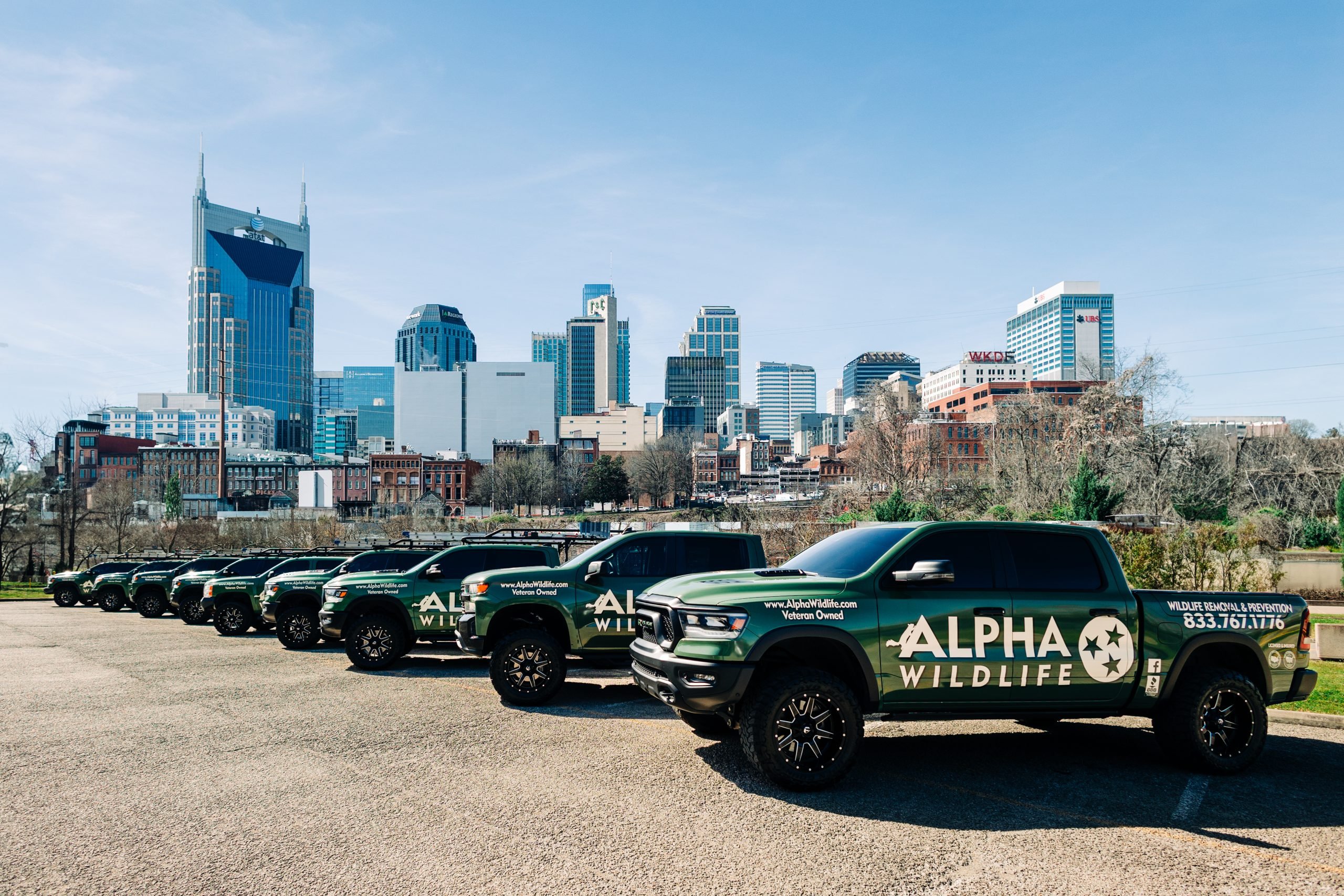Alpha Wildlife
Your Trusted Wildlife Control Company
Common Wildlife
Discover the types of wildlife that might be closer than you think. From raccoons and bats to more elusive critters, learn about the common wildlife in your area and our humane approaches to handling them.
Wildlife Control FAQs
Have questions about wildlife control? We've compiled the most frequently asked questions to help you understand the best practices in wildlife management and what to expect during the removal process.
Customer Testimonials
Hear directly from our satisfied customers and learn how our expert services have helped restore peace and safety to their homes and businesses.
Your wildlife control company
Trapping, prevention & repairs
If nuisance wildlife animals have invaded your home, business, attic, crawl, vents, etc. call Alpha Wildlife today. Our certified and trained team of wildlife removal experts will identify the animal that has made its way into the structure. Alpha Wildlife will then identify all entry points, and come up with a customized plan for your home or business.
After all, the goal is to not only remove the wildlife nuisance, but also prevent it from happening again. This means after we get the animals out, we keep them out for good.
And let’s be honest, wildlife in your home can be more than a nuisance. Uninvited guests can bring damage and the need for repairs as well. And unfortunately, most of the damage inside your home or attic is not visible.
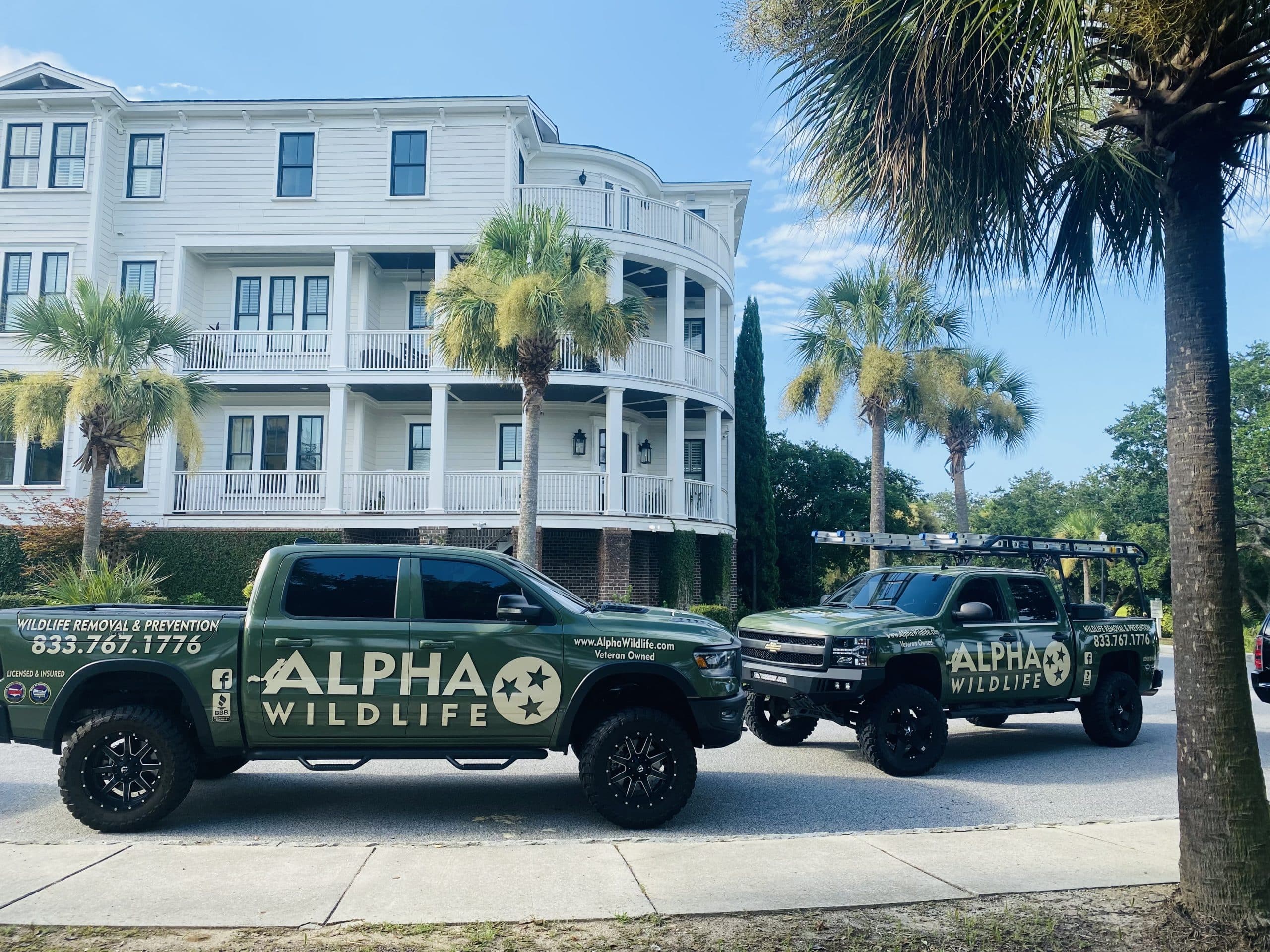
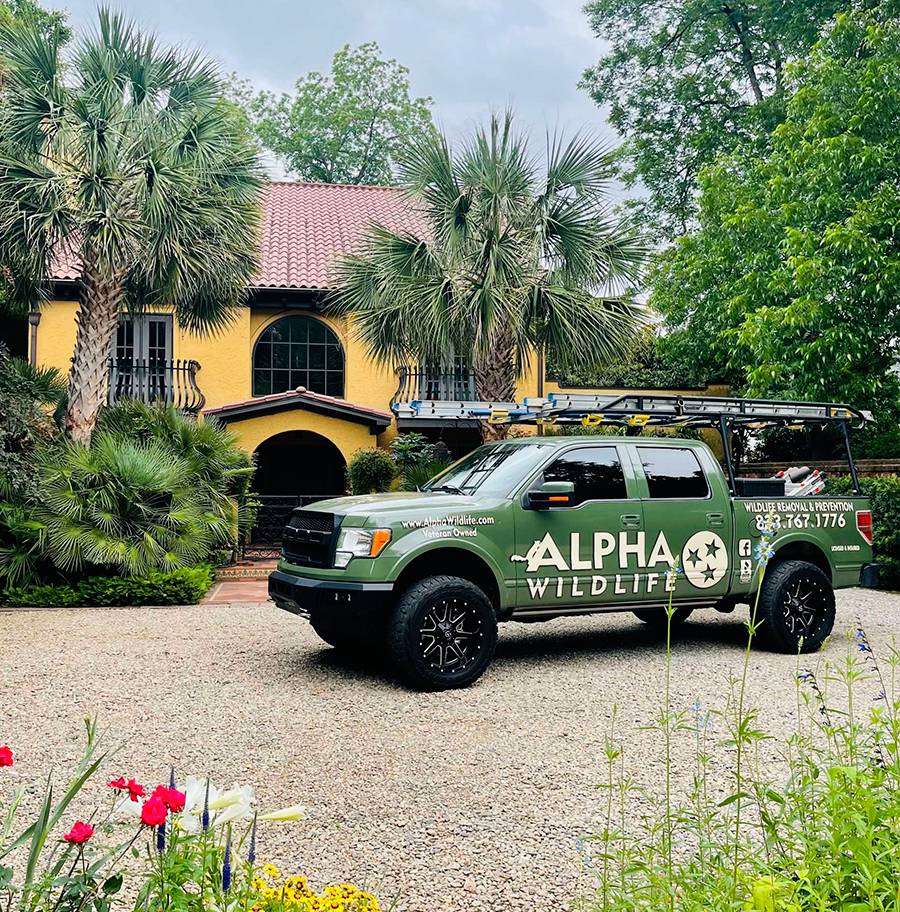
Your Wildlife removal specialists
Our trained professionals will provide you with a quote. This quote will inform you of what is necessary to stop your wildlife issue and prevent future entry.
Additionally, it is important to note that humane practices matter a great deal to us. We remove wildlife using only humane relocation practices. But this doesn’t mean our wildlife removal services aren’t prompt. In addition to our humane work ethic, we also take pride in our speed.
We want to also leave our clients with information going forward. Therefore, in addition to repairing entry points, we assist with prevention education.
Wildlife is removed from attics, gutters, crawlspaces, soffits, HVAC duct lines, garages and basements promptly!
Bat Removal
Bat Removal Charleston, SC
Bat Removal Chattanooga, TN
Bat Removal Columbia, SC
Bat Removal Knoxville, TN
Bat Removal Memphis, TN
Bat Removal Nashville, TN
Bird Control
Bird Control Charleston, SC
Bird Control Chattanooga, TN
Bird Control Columbia, SC
Bird Control Knoxville, TN
Bird Control Memphis, TN
Bird Control Nashville, TN
Critter Removal
Featured animal
Raccoon
What Our Wildlife Clients Say
Our wildlife removal process
Trapping > prevention > repairs
Our trained professionals will provide you with a quote. This quote will inform you of what is necessary to stop your wildlife issue and prevent future entry.
Additionally, it is important to note that humane practices matter a great deal to us. We remove wildlife using only humane relocation practices. But this doesn’t mean our wildlife removal services aren’t prompt. In addition to our humane work ethic, we also take pride in our speed.
We want to also leave our clients with information going forward. Therefore, in addition to repairing entry points, we assist with prevention education.
Wildlife is removed from attics, gutters, crawlspaces, soffits, HVAC duct lines, garages and basements promptly!
Trapping
The first step in the wildlife process is removing the problem animal. Once the animal is identified, Alpha Wildlife will take the specific approach required. This means we use one of our many different types of traps to remove the animal from the home or business.
With live traps, it is mandatory that we check the traps every day that they are opened. Based on the entry point, we position our traps that will be most effective in catching the animal.
Prevention
While we are trapping the problem animal, Alpha Wildlife will begin on the prevention and repairs. Every repair that Alpha Wildlife does is first and foremost, to be effective and aesthetically pleasing. The goal here is twofold.
On one hand, we want to make sure that the animals stay out of your home. Our second objective is to make sure your home looks great when we are done. The repairs that we do on your home will be based on the animals that we are preventing reentry from. For example, a bat seal-up is much different than a rat seal-up.
Additionally, we will complete an inspection to look for other signs of problematic animals. Sometimes there are indicators that other critters have been through. We want the process to be thorough so it doesn’t happen again.
Repair
Sometimes wildlife in the attic or crawlspace causes so much damage that the insulation or vapor barrier needs to be replaced. In this case, an Alpha Wildlife technician will take detailed pictures of the damage and provide them to the homeowner.
Sometimes a homeowner would like to use their insurance to cover the cost of the restoration. If this is the case, they can provide the estimate and pictures to their insurance representative. Alpha Wildlife works with any insurance company to take care of their customers.
Once the work is agreed upon, Alpha Wildlife will schedule an insulation or vapor barrier replacement. This process usually takes a day or two.
Latest Wildlife Resources
Contact us
Have questions or need assistance with wildlife on your property? We're here to help! Fill out the form below to get in touch with one of our wildlife removal experts at Alpha Wildlife. Whether you're dealing with an urgent issue or just seeking some advice, our team is dedicated to providing you with fast, effective, and humane solutions.
Please provide as much detail as possible about your wildlife concerns, and we’ll get back to you promptly to discuss your needs and how we can assist.
Don't let wildlife issues stress you out—contact us today and let the professionals take care of it!
"*" indicates required fields
